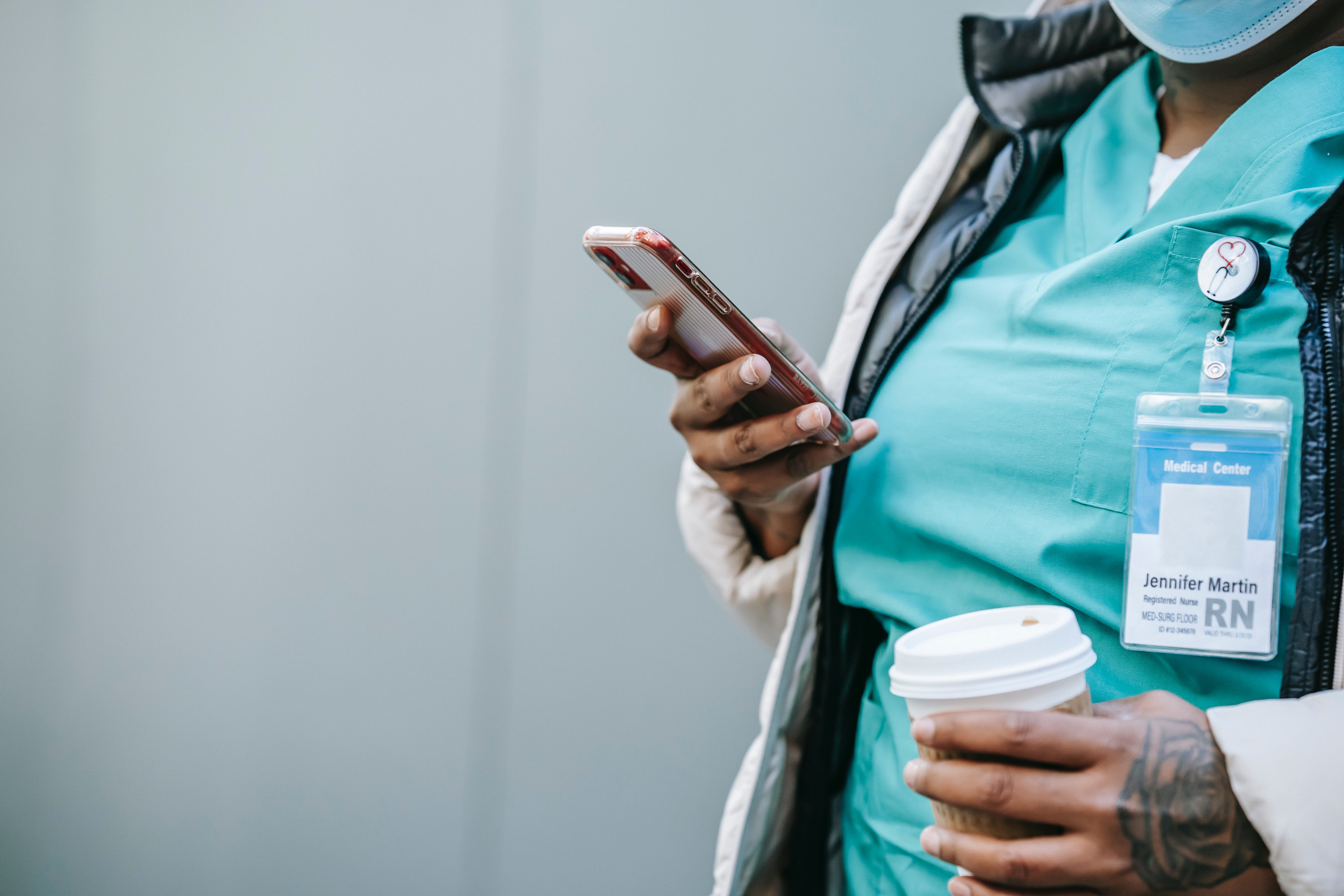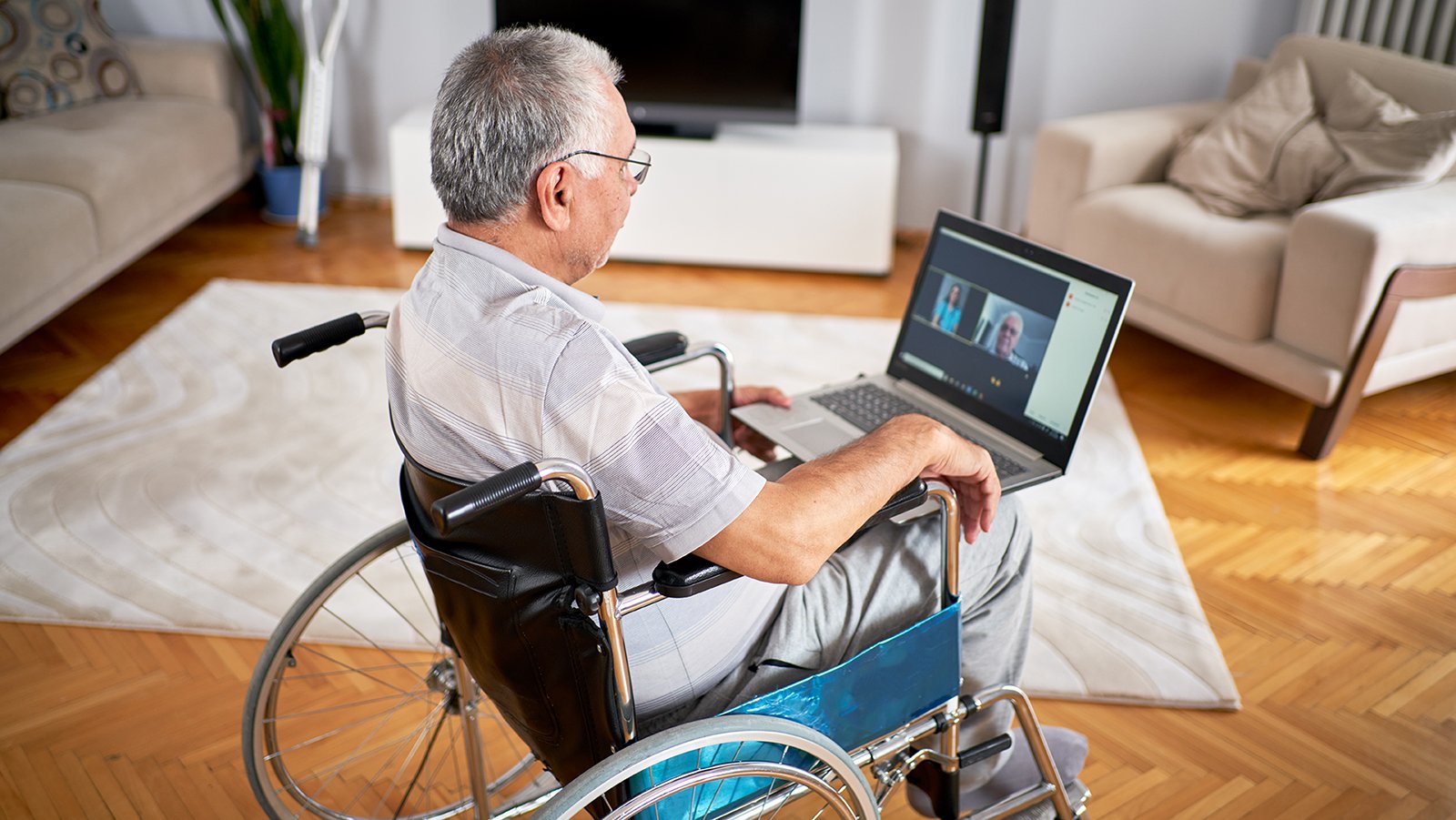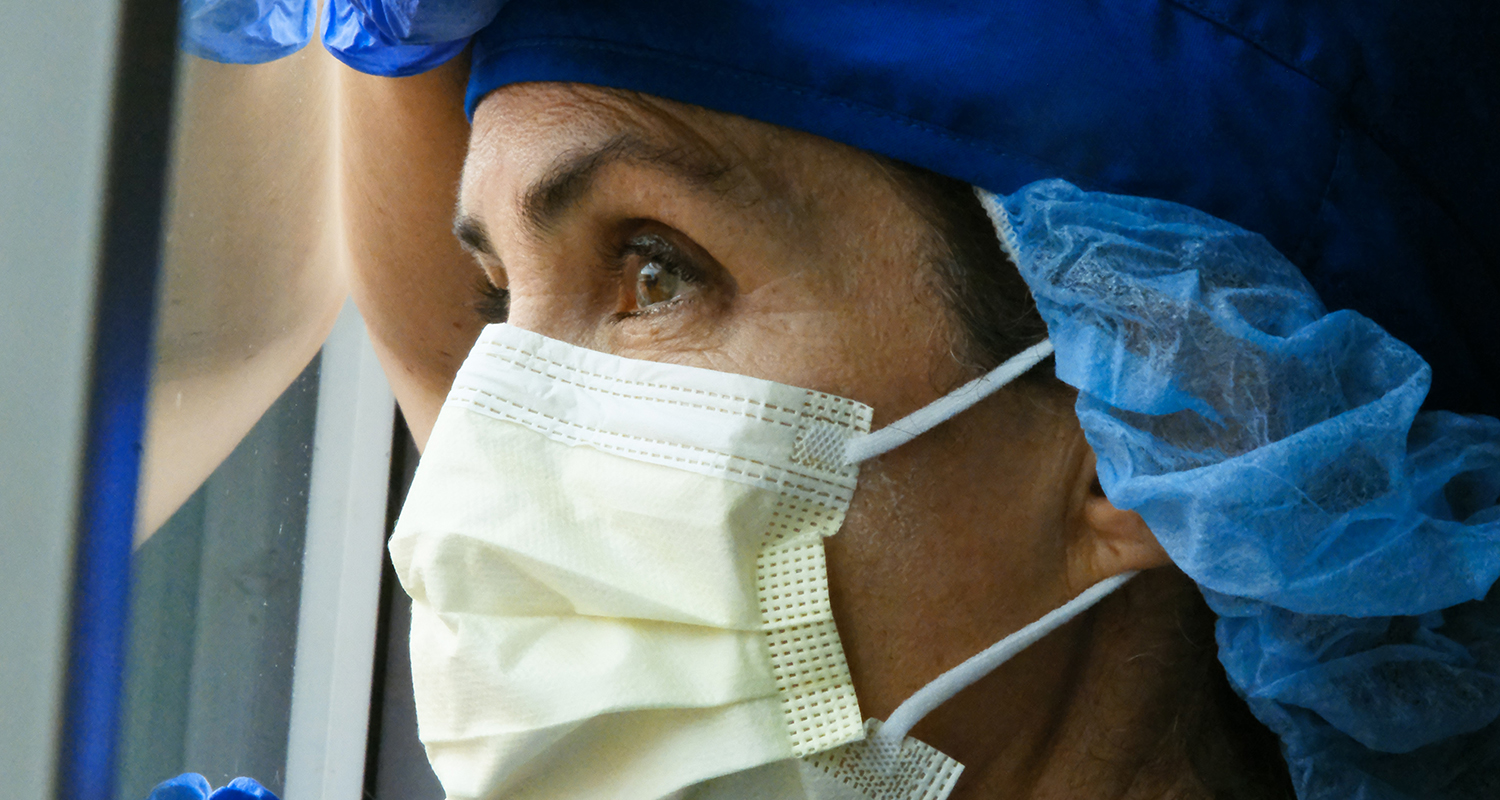2024 Telehealth Regulation Updates: Transforming Healthcare Delivery
Telehealth has emerged as a game-changer in recent years. With the rapid advancements in...

Telehealth has emerged as a game-changer in recent years. With the rapid advancements in...

It is no secret the U.S. healthcare system has some formidable challenges.

The adoption of innovative healthcare technologies is no longer a luxury but a necessity for...

The world of healthcare is constantly evolving, and one of the most impactful changes in recent...

When it comes to healthcare communications platforms, Chief Information Officers (CIOs) face...

The consequences of healthcare communication problems Increased costs associated with delays in...

Beyond HIPAA compliance According to an article in Compliance Home, “Compliance with the Privacy...

The COVID-19 pandemic has transformed the way clinicians and patients communicate with each other....

What are the trends driving clinical communication and collaboration in the next few years? Let’s...
Lorem ipsum dolor sit amet, consectetur adipiscing elit, sed do eiusmod tempor incididunt ut labore et dolore magna aliqua.